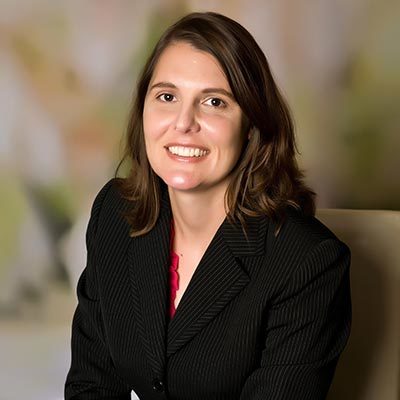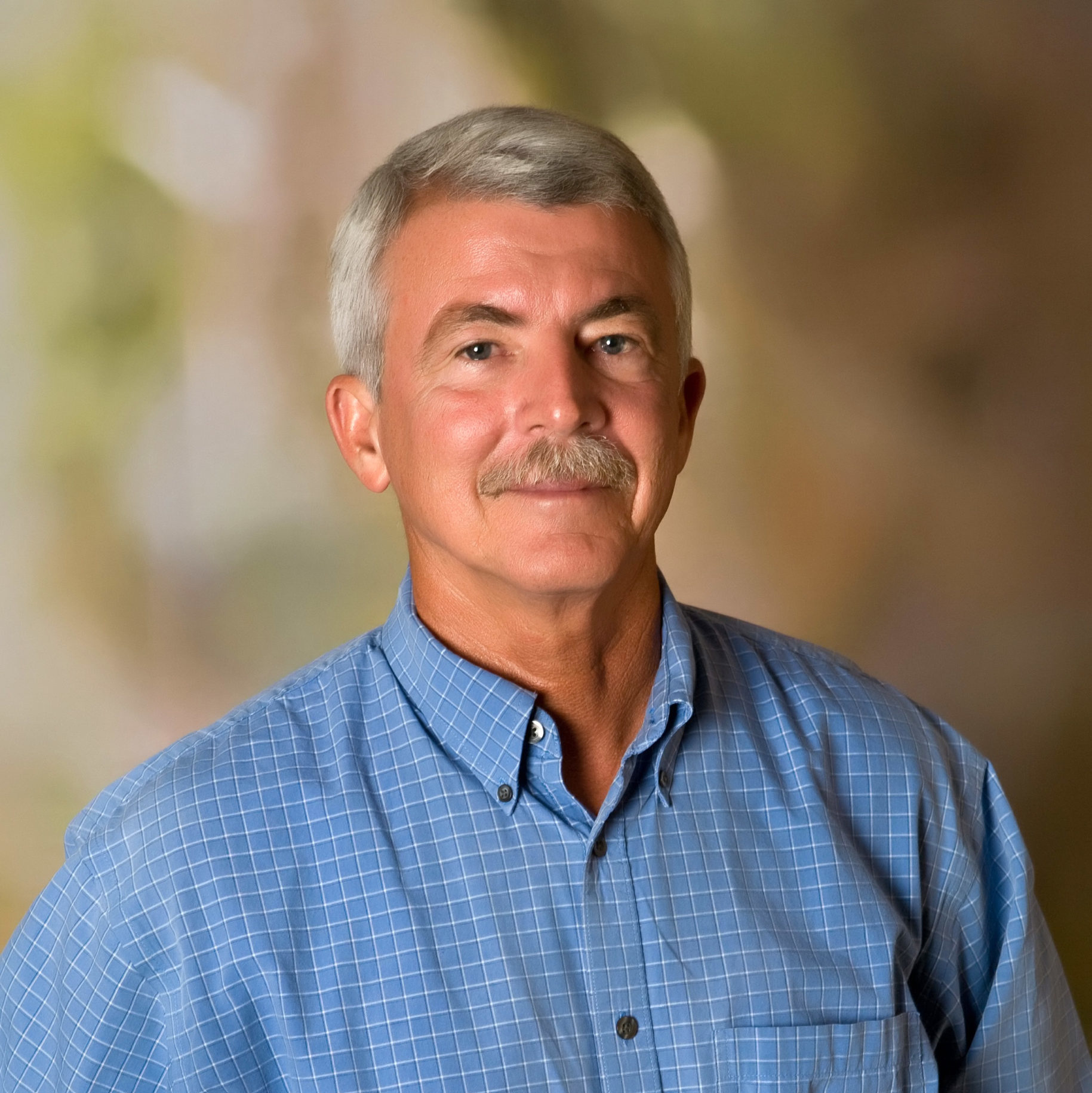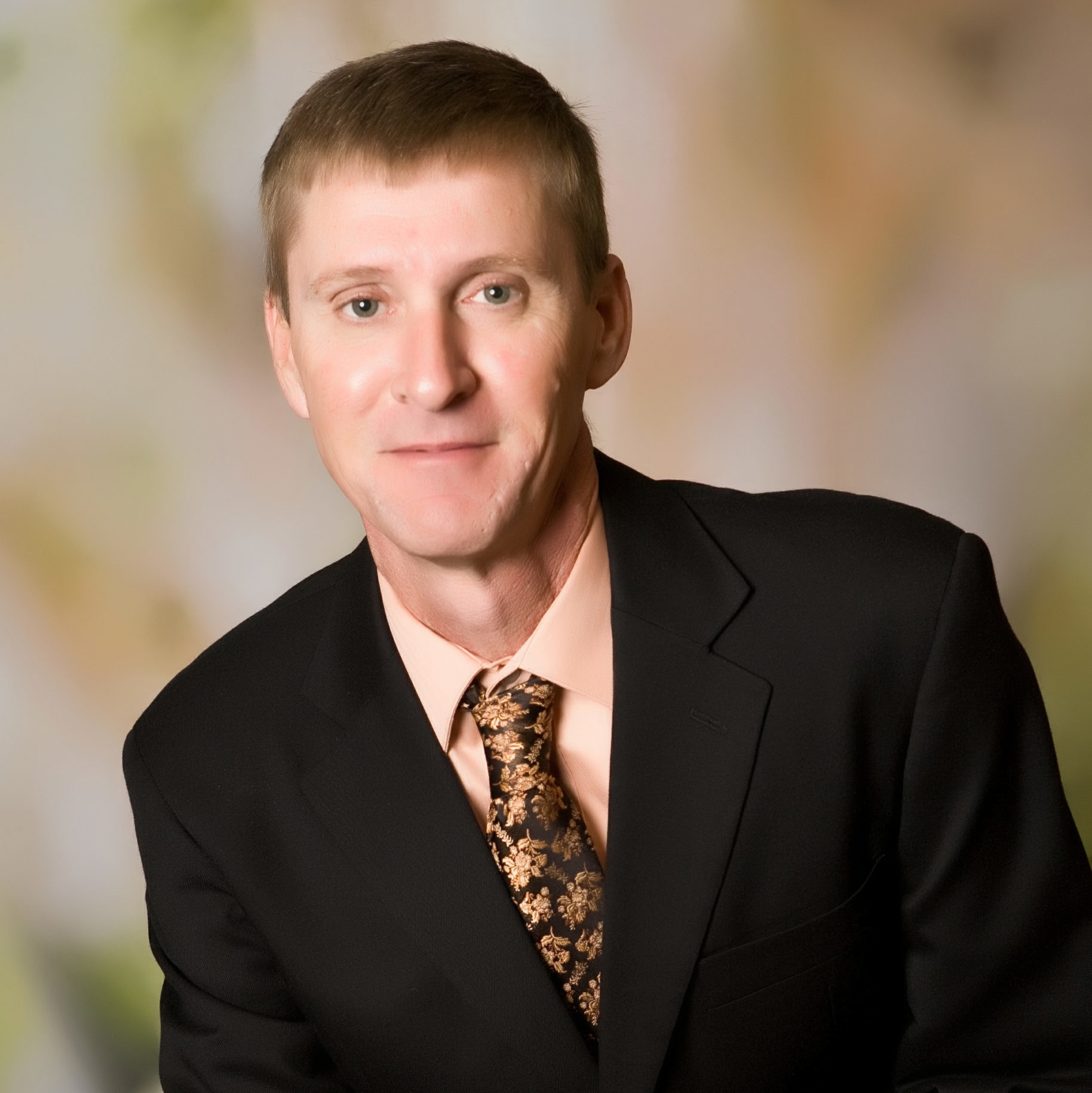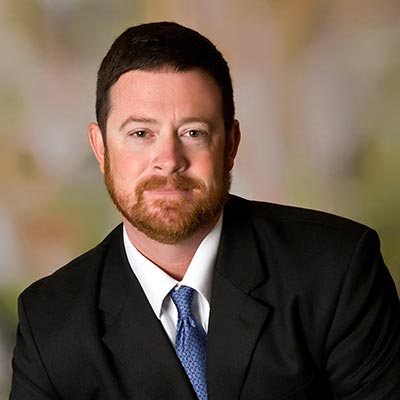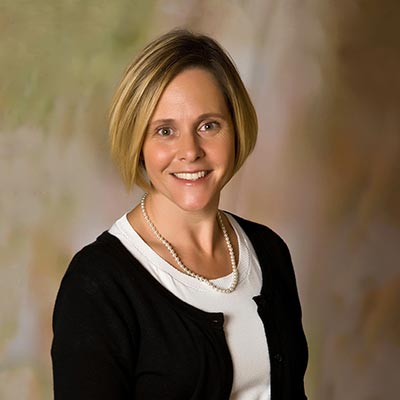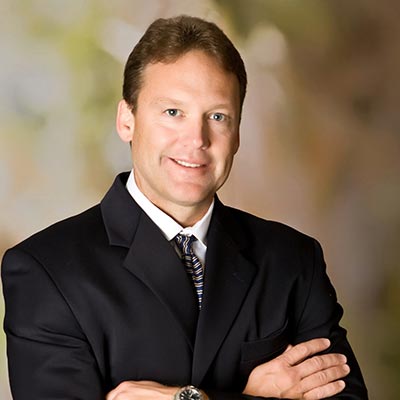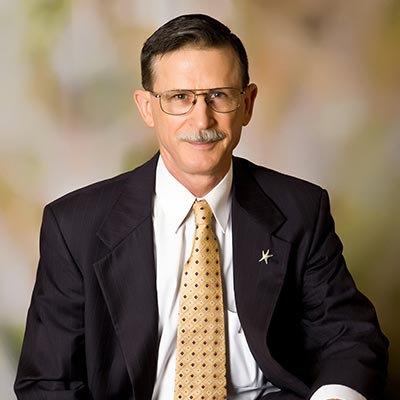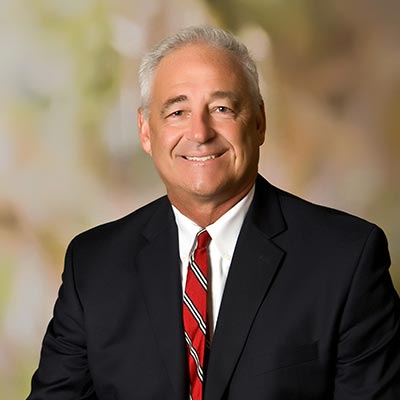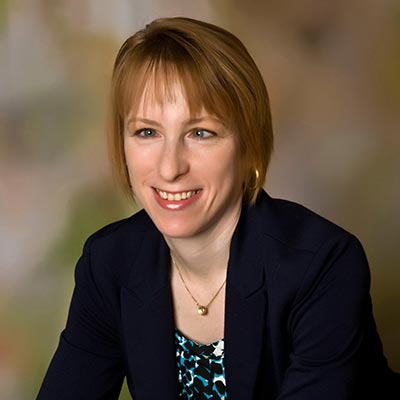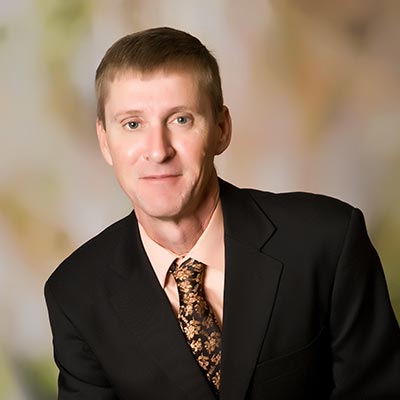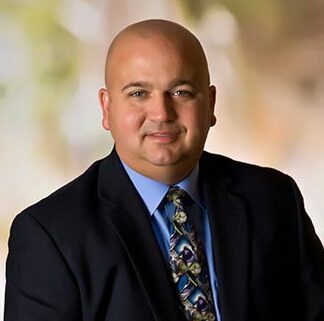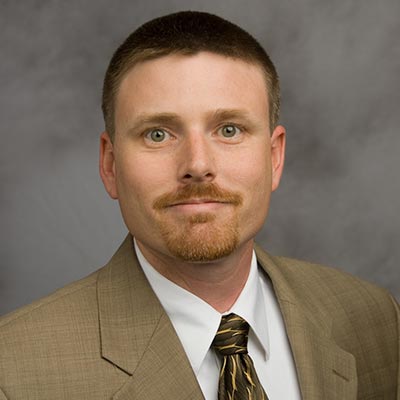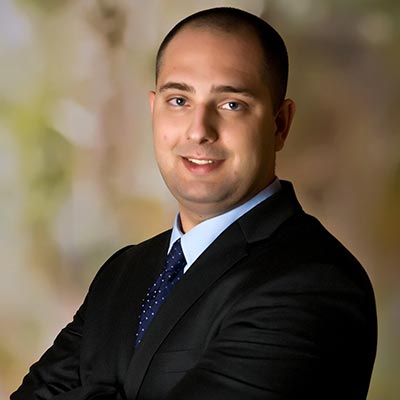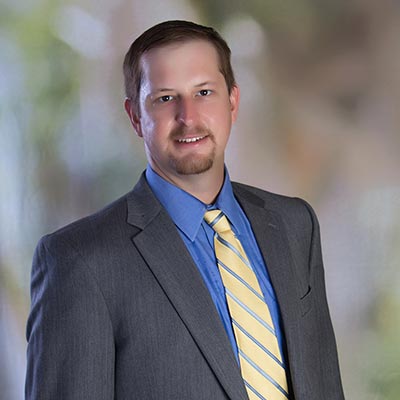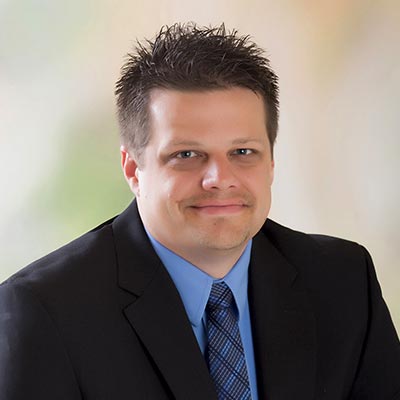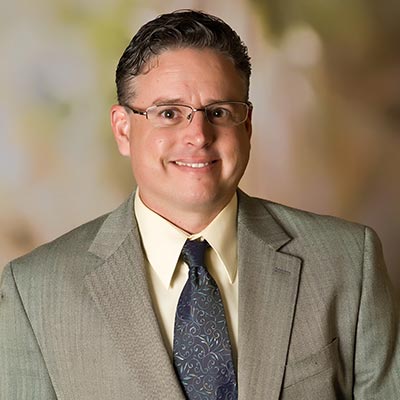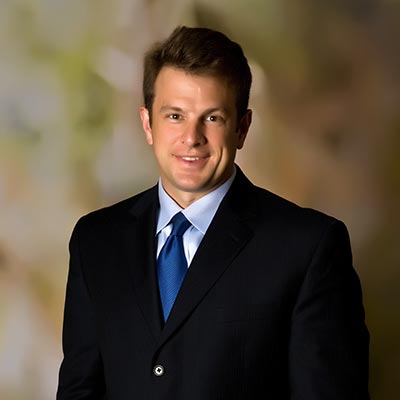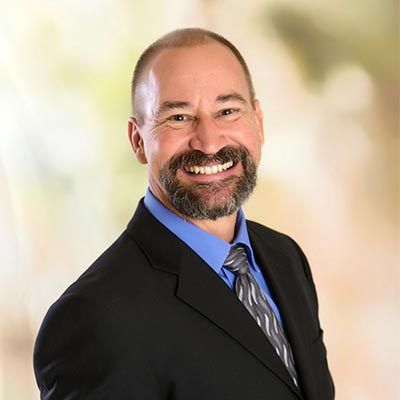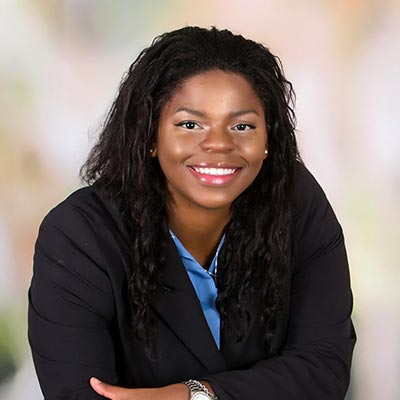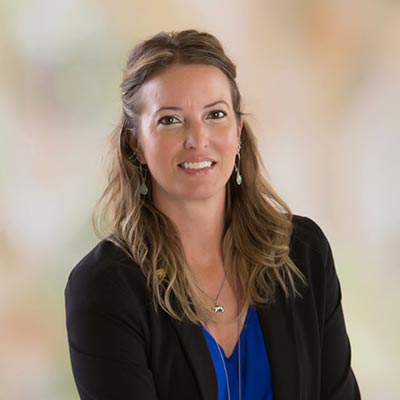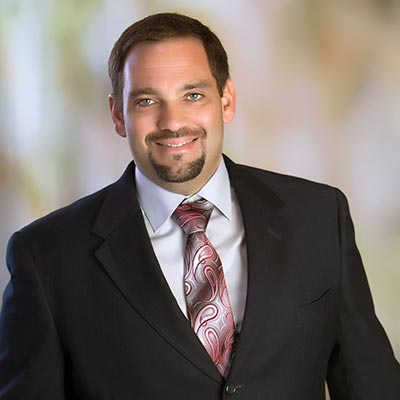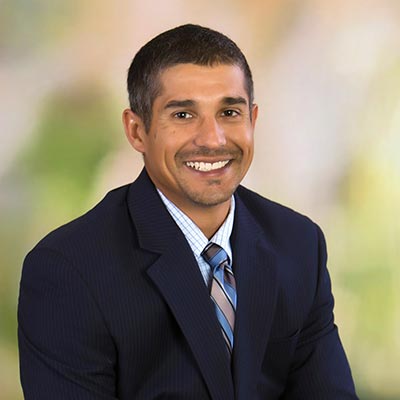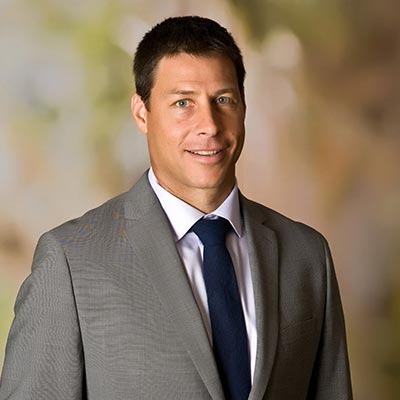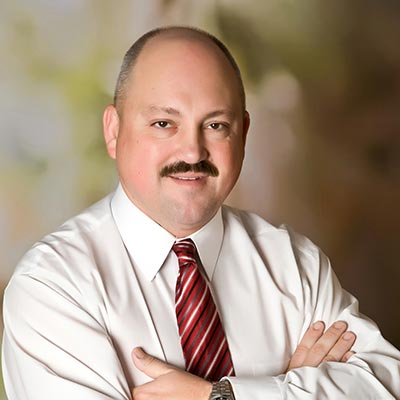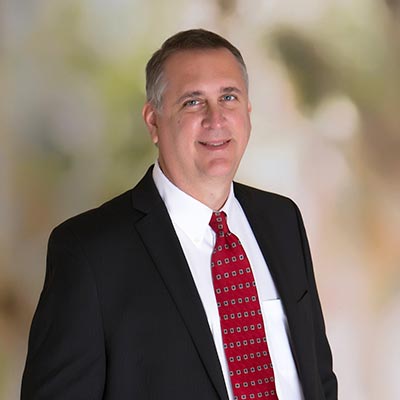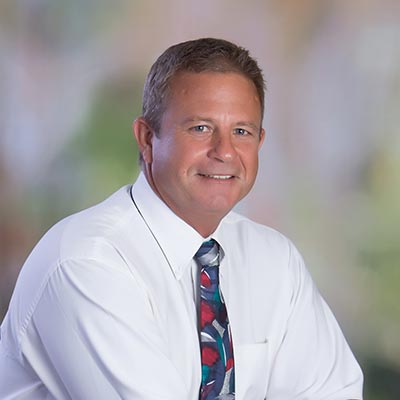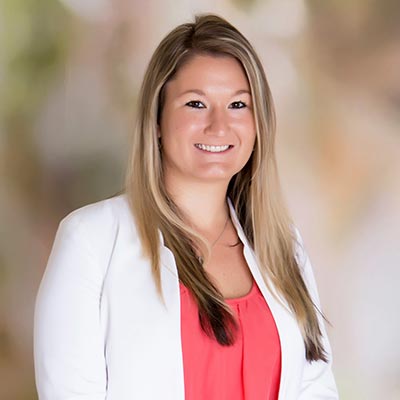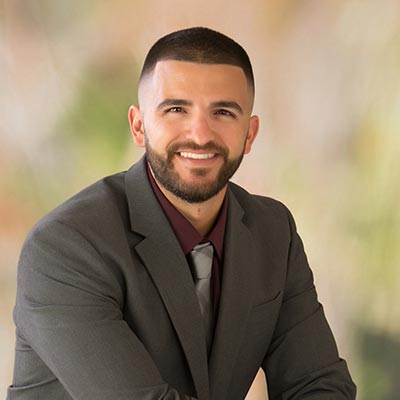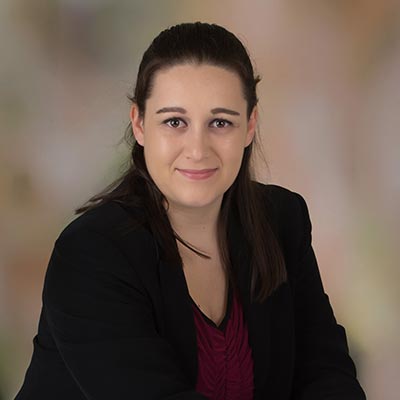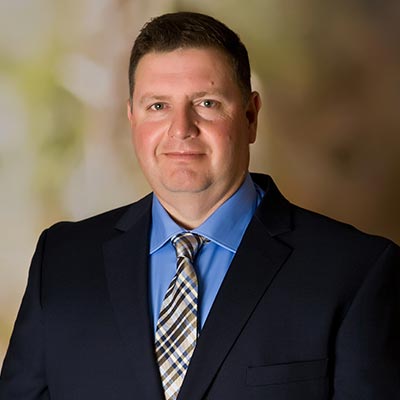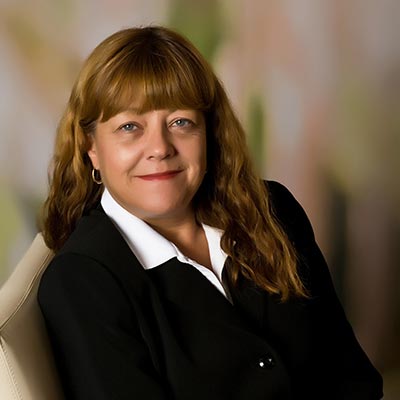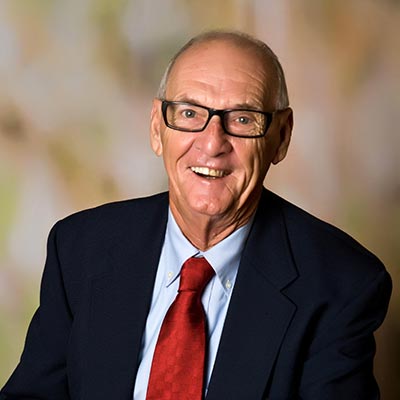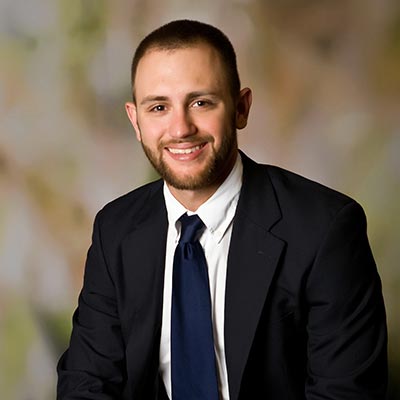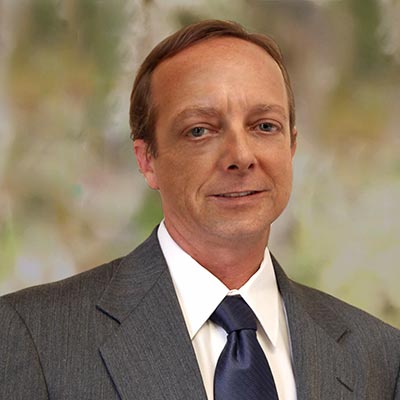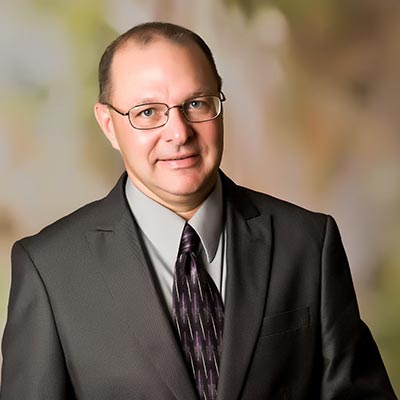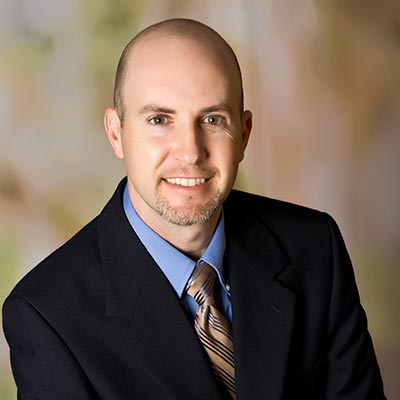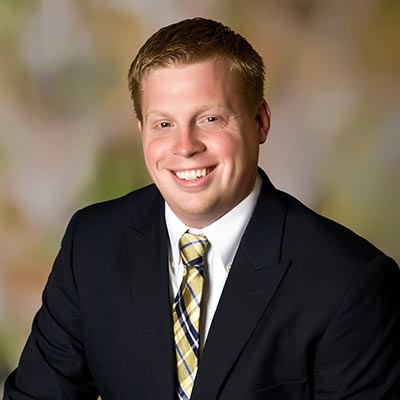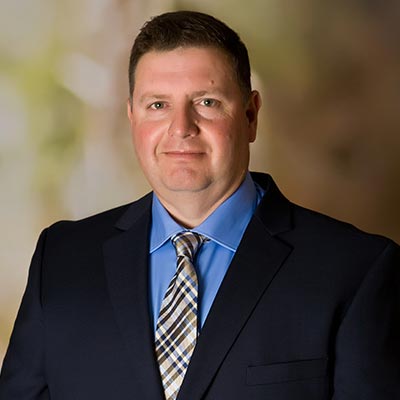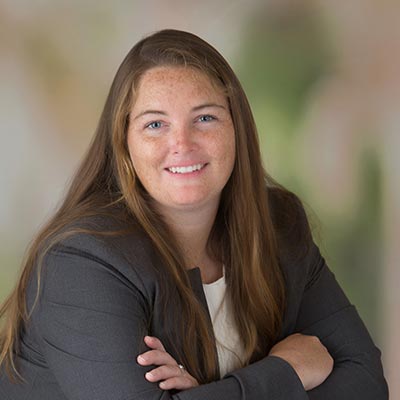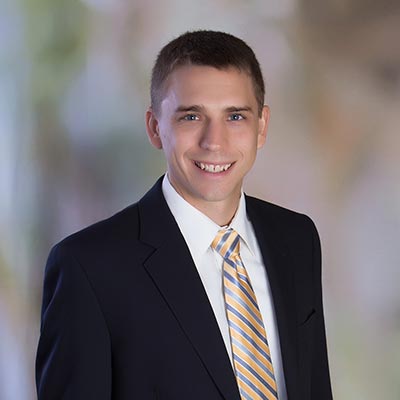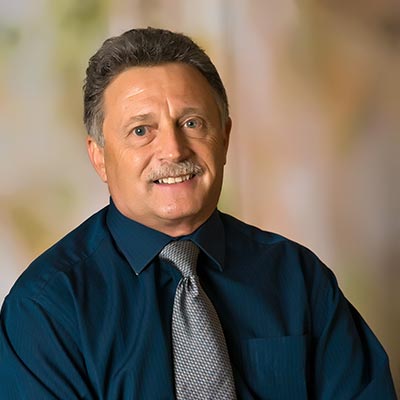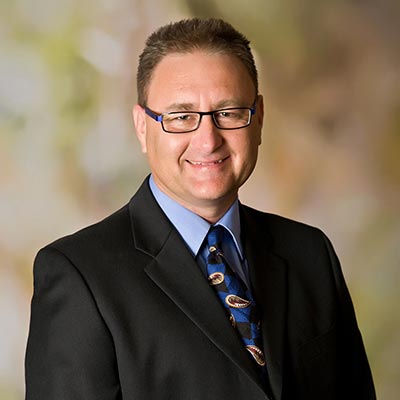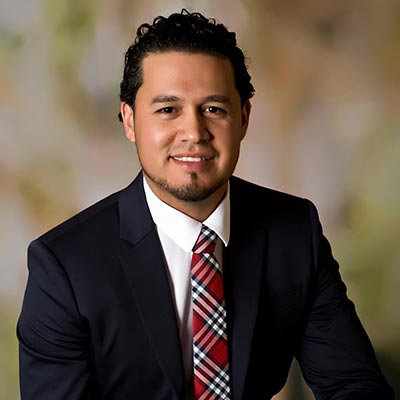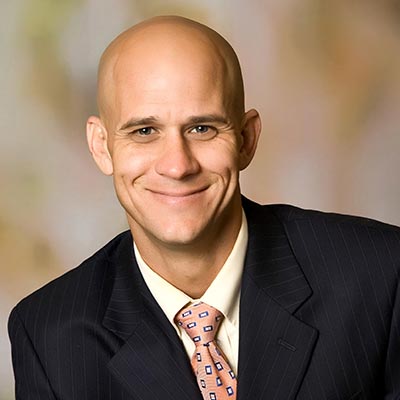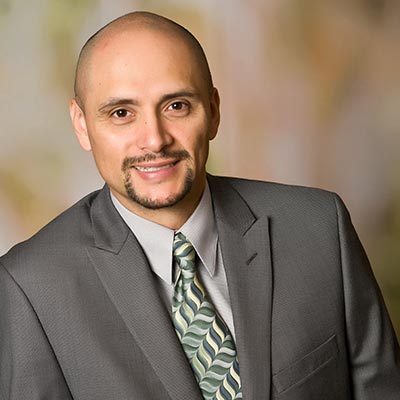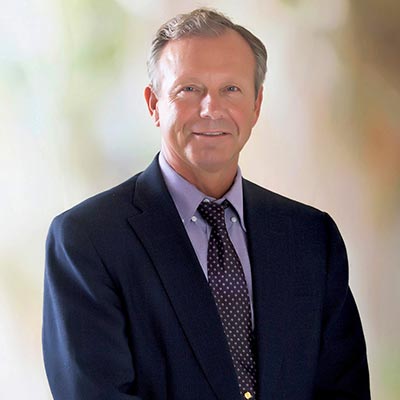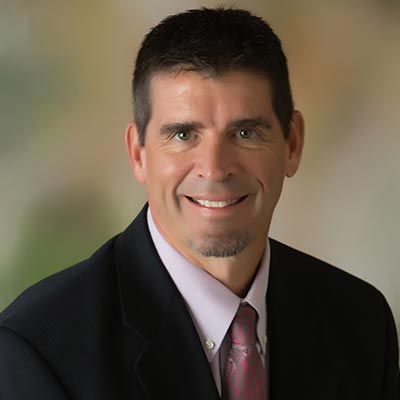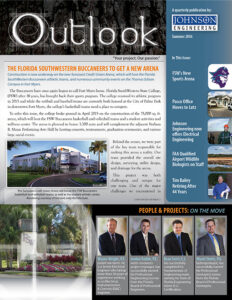 The Buccaneers have once again begun to call Fort Myers home. Florida SouthWestern State College, (FSW) after 18 years, has brought back their sports program. The college resumed its athletic program in 2015 and while the softball and baseball teams are currently both housed at the City of Palms Park in downtown Fort Myers, the college’s basketball teams need a place to compete.
The Buccaneers have once again begun to call Fort Myers home. Florida SouthWestern State College, (FSW) after 18 years, has brought back their sports program. The college resumed its athletic program in 2015 and while the softball and baseball teams are currently both housed at the City of Palms Park in downtown Fort Myers, the college’s basketball teams need a place to compete.
To solve this issue, the college broke ground in April 2015 on the construction of the 75,000 sq. ft. arena, which will host the FSW Buccaneers basketball and volleyball teams and a student activities and wellness center. The arena is planned to house 3,300 seats and will complement the adjacent Barbara B. Mann Performing Arts Hall by hosting concerts, tournaments, graduation ceremonies, and various large social events.
Behind the scenes, we were part of the key team responsible for making this arena a reality. Our team provided the overall site design, surveying, utility design, and drainage for the arena.
This project was both challenging and unique for our team. One of the major challenges we encountered in early construction was determining a method to integrate the new utility system with the existing aging utility pipes that are located under the site. Our engineers were able to successfully connect the utilities with no major issues. At the same time, our surveyors laid out points for the building and steel columns for the structure. As the enormous steel roof trusses were lifted into place, our surveyors meticulously provided the truss elevations. Surveying for the steel columns and roof trusses requires some of the most accurate surveying possible to ensure all the preconstructed steel fits together and the holes line up.
Together these components play a critical role in achieving a quality arena that will not only provide a home for the sports teams, but will also attract businesses and revenue to the college and Southwest Florida.
This has been a significant time for growth at the college, which now has three campuses in Fort Myers, Naples, and Punta Gorda, and a regional education center in LaBelle. The college changed its name in 2014 from Edison State College to Florida SouthWestern State College and the Lee County Campus was then renamed the Thomas Edison Campus. With the arena expected to be completed this fall, it’s an exciting time for students and the college to embark on a new chapter in FSW’s history.
For more information on our work at FSW, contact Dana Hume, P.E. at [email protected].







